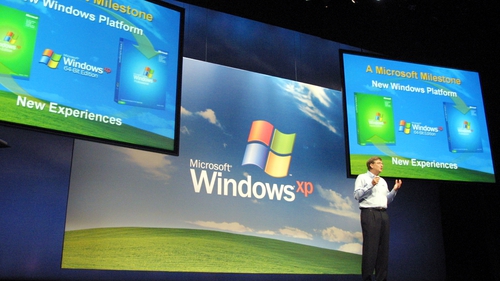

Microsoft Security Essentials was a much more powerful security tool that provided protection against all sorts of malicious software (malware), including computer viruses, spyware, Trojan horses, and rootkits.

Soon after Windows 7 hit the streets, the company released Microsoft Security Essentials ( Figure E) as a separate, free download. However, Microsoft was cognizant of the fact that while having a native anti-spyware tool was a big plus, it wasn't enough to protect the operating system from all the types of malicious programs lurking on the internet. Of course, Windows Defender was also built into Windows 7. Figure D In Windows Vista, Windows Defender was built right into the operating system. Windows Defender was integrated into the Security Center in the Spyware Protection section by default, as shown in Figure D. But you still needed a separate antivirus program to complete your protection. When Windows Vista was released in 2007, Windows Defender was built into the operating system, thus providing a native anti-spyware tool. Figure C When Windows Defender first came out, it provided anti-spyware protection for Windows XP. After a lengthy beta cycle that included the interim name of Microsoft AntiSpyware, the company released the final product in 2006 as Windows Defender-an anti-spyware tool for Windows XP and Windows Server 2003 ( Figure C). In 2004, Microsoft acquired GIANT Anti-Spyware and began to transform it into a Microsoft product. So now that we've glimpsed the Windows Defender of the future, let's take a closer look at its past and present.

One thing is for sure: In the future, Windows Defender will finally do away with the same old user interface we have been staring at for years in Microsoft Security Essentials and Windows Defender. Figure B Zooming in, we can see that several important features will be integrated into Windows Defender. While it's hard to discern any real details about the updated tool based on this view, by zooming in on the screen shot ( Figure B), it appears that several other important features-Windows Firewall, Family Safety, and something called Computer Performance & Health-will be integrated into Windows Defender. Figure A Windows Defender is destined to become a Windows app. And while the bulk of the images revolved around 3D creativity, mixed reality, and gaming, a brief segment at 0:58 in the video offered an image showing that Windows Defender is being updated as a Window app ( Figure A). As you may have heard by now, Microsoft's recent Windows 10 Creators Update demo video included a fast-moving collage of images showing new features coming in the update.


 0 kommentar(er)
0 kommentar(er)
